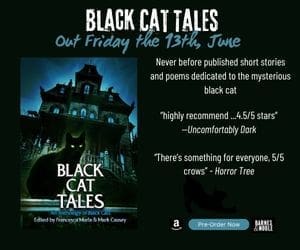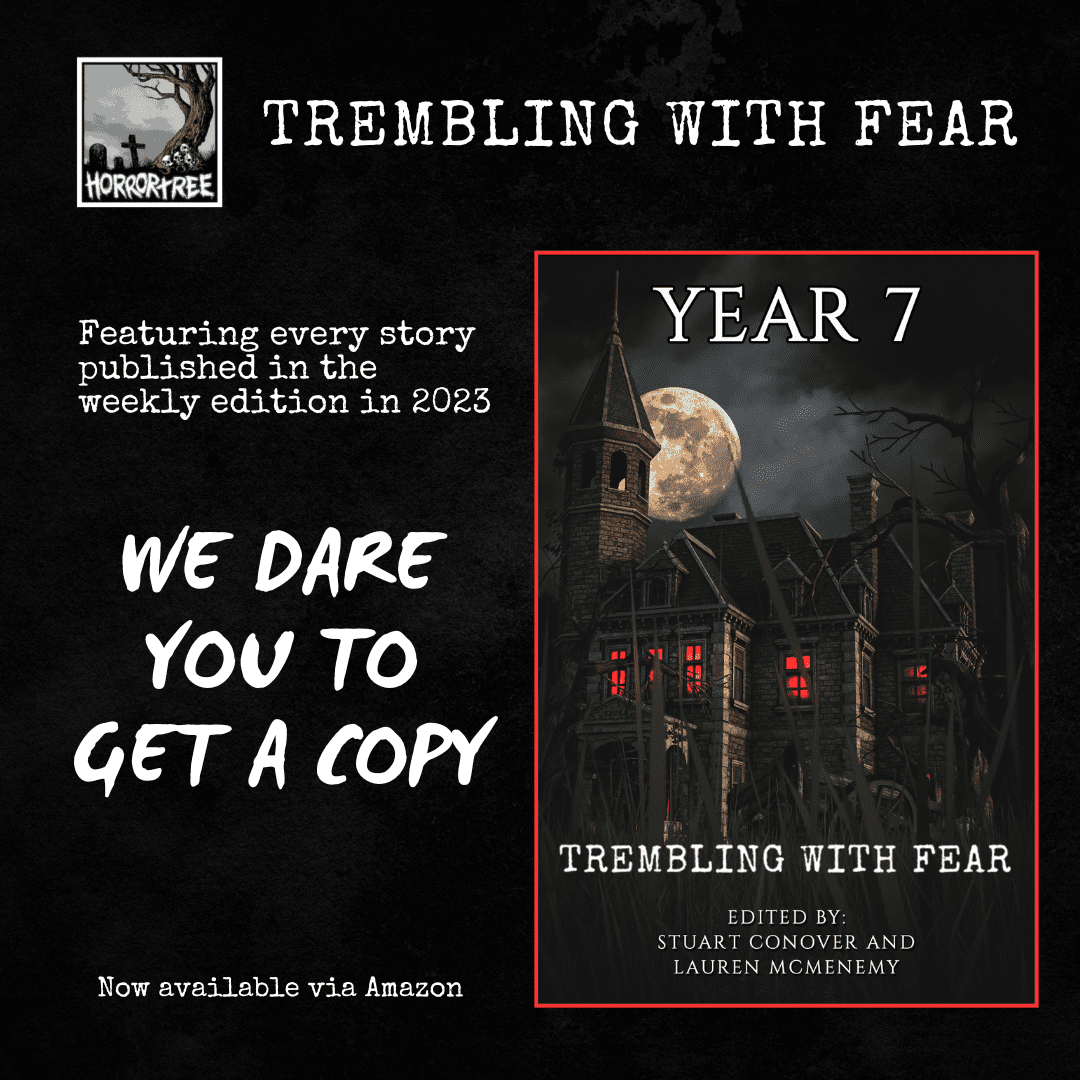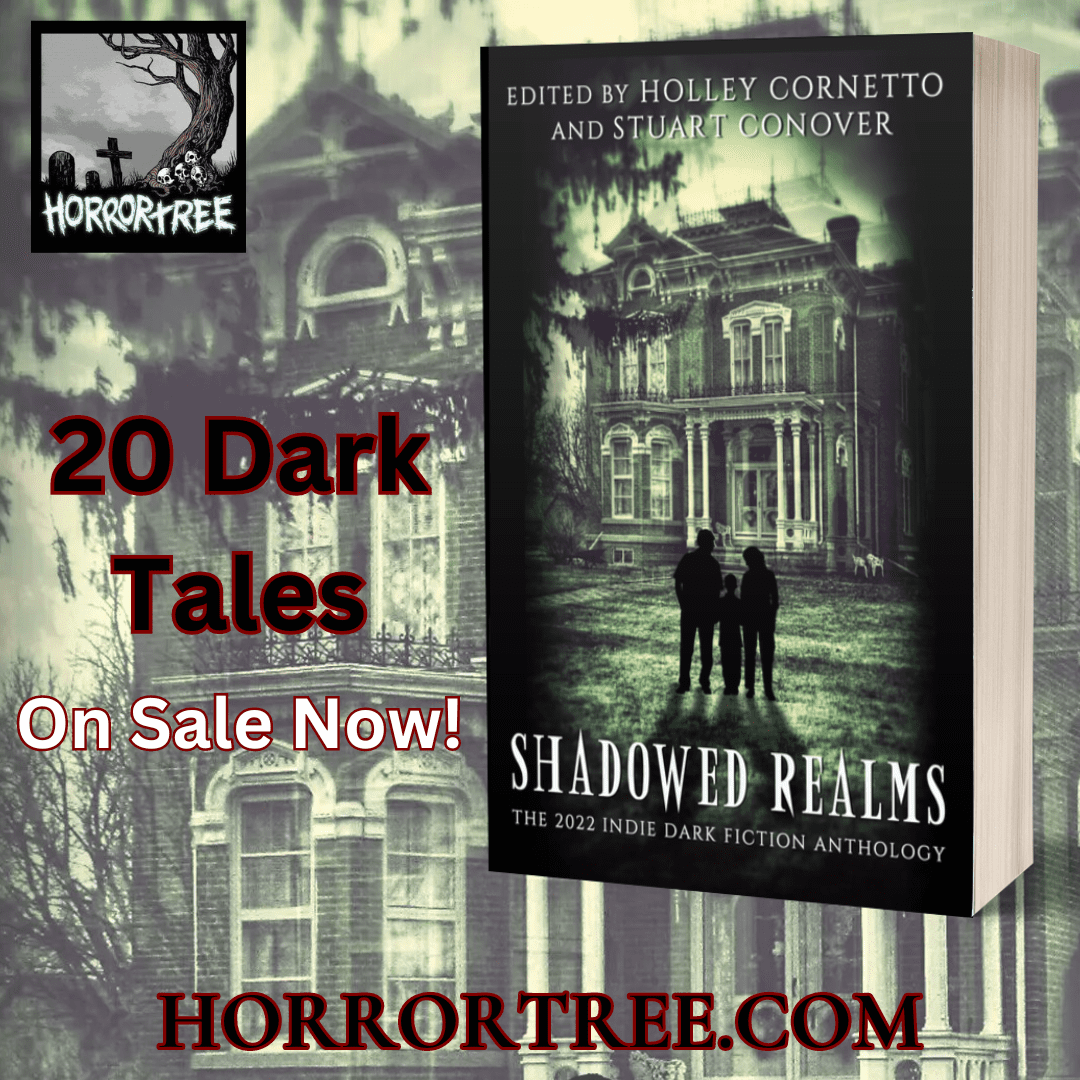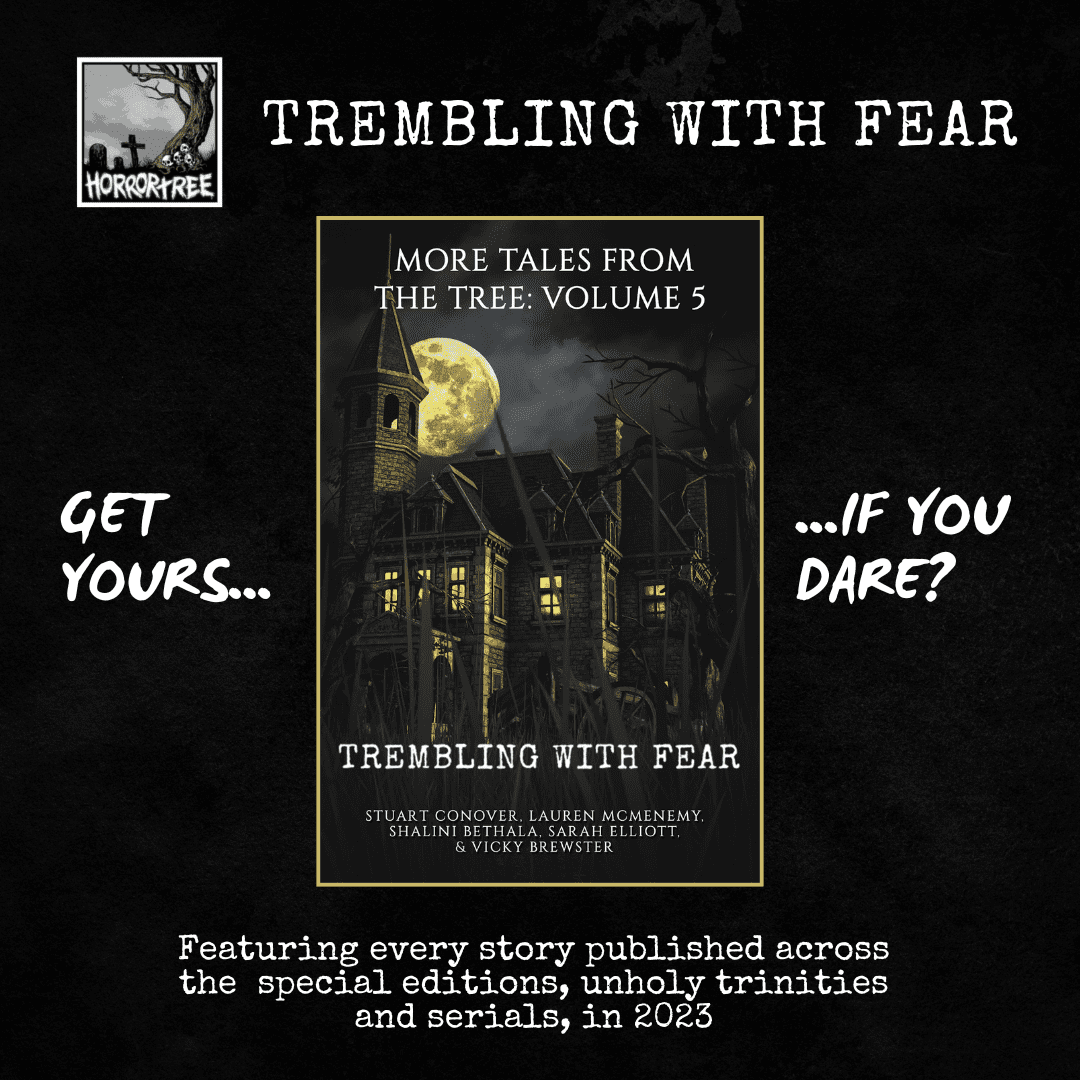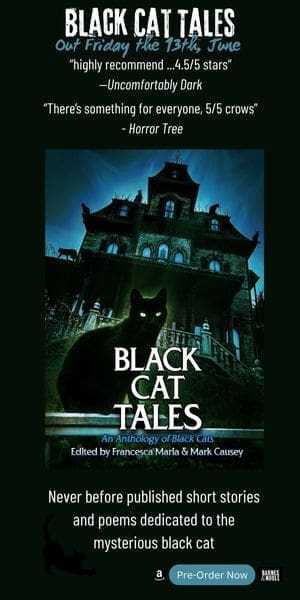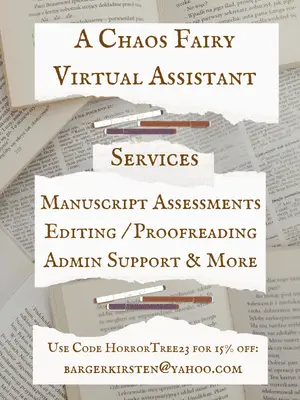Baby, It’s Murder – It Could Be The Last One… An Interview With Max Allan Collins
Max Allan Collins Author Interview
Baby, It’s Murder – It Could Be The Last One…
By Sarah Elliott
 People struggle to follow my train of thought on the best of days. I can’t imagine leaving unfinished manuscripts for another writer to complete. Max Allan Collins, an accomplished writer in his own right, took this on and continued the legacy of Mickey Spillane’s Mike Hammer. But is it now time for Mike to lay his gun and fedora down to rest? Will Baby, It’s Murder be the last we hear from our favourite hardboiled PI?
People struggle to follow my train of thought on the best of days. I can’t imagine leaving unfinished manuscripts for another writer to complete. Max Allan Collins, an accomplished writer in his own right, took this on and continued the legacy of Mickey Spillane’s Mike Hammer. But is it now time for Mike to lay his gun and fedora down to rest? Will Baby, It’s Murder be the last we hear from our favourite hardboiled PI?
“Don’t worry about being overwhelmed by sentimentality: The legendary shamus still kills and maims with the best of them.”—Kirkus Reviews
Mickey Spillane is the legendary crime writer of the Mike Hammer novels, selling millions of copies worldwide.
Max Allan Collins was hailed in 2004 by Publishers Weekly as “a new breed of writer.” A frequent Mystery Writers of America nominee in both fiction and non-fiction categories, he has earned an unprecedented eighteen Private Eye Writers of America nominations. In 2002, his graphic novel Road to Perdition was adapted into an Academy-Award winning film starring Tom Hanks. He lives in Iowa, USA.
Mike Hammer doesn’t like people. Fortunately, Max Allan Collins likes them well enough to take some time to speak with us.
Sarah: How did you initially approach your assignment from Mickey Spillane – developing his unfinished work into a completed form? Did you experience any pressure?
 Max: The unfinished material fell into a number of different categories. First, there were around eight Mike Hammer novels in progress, with substantial manuscripts of around 100 pages each. I put these on the front burner. But another category included somewhat less substantial manuscripts, some of which were as little as a chapter or two, and character and plot notes; these I tackled next. Finally, a category included synopses that may have been intended for Stacy Keach TV movies, and these became the basis of a few novels, including MASQUERADE FOR MURDER and MURDER, MY LOVE. Several of the more substantial manuscripts I saved for key moments, like KILLING TOWN for the 100th anniversary of Mickey Spillane’s birth, and KILL ME IF YOU CAN for the 75th anniversary of Mike Hammer’s first appearance in I, THE JURY. Another of these was BABY, IT’S MURDER, which reveals major secrets in the story of Mike Hammer and Velda Stirling.
Max: The unfinished material fell into a number of different categories. First, there were around eight Mike Hammer novels in progress, with substantial manuscripts of around 100 pages each. I put these on the front burner. But another category included somewhat less substantial manuscripts, some of which were as little as a chapter or two, and character and plot notes; these I tackled next. Finally, a category included synopses that may have been intended for Stacy Keach TV movies, and these became the basis of a few novels, including MASQUERADE FOR MURDER and MURDER, MY LOVE. Several of the more substantial manuscripts I saved for key moments, like KILLING TOWN for the 100th anniversary of Mickey Spillane’s birth, and KILL ME IF YOU CAN for the 75th anniversary of Mike Hammer’s first appearance in I, THE JURY. Another of these was BABY, IT’S MURDER, which reveals major secrets in the story of Mike Hammer and Velda Stirling.
I was not intimidated at all, for simple reasons. First, I had done a number of projects with Mickey, including the comic book series MIKE DANGER and something like a dozen anthologies, some collecting his short fiction, others mystery stories by various authors. Second, Mickey himself asked me to complete the many unfinished projects in his files, and if he believed in me, that was good enough for me. Also, having visited Mickey numerous times in his home in South Carolina, I was aware of the unfinished material, and had seen a good deal of it. So a part of me was hoping, dreaming, to be able to bring all of this material to fruition. I had, after all, been reading Mickey Spillane since I was 13 — he was the specific writer who made me want to be a writer myself.
Sarah: Describe Mike Hammer to someone who has never heard of the character.
Max: In terms of mystery fiction, he was the first private eye to emerge from World War II with what today we call PTSD. Unlike previous fictional private eyes, Hammer responds to crime as a soldier in battle might; he is, in the early books particularly, an engine of revenge-tinged justice. He does mellow over the years (and books) without losing his dangerous edge, always willing to dispatch a bad guy dispassionately. He is humanized and somewhat leavened by the more rational Velda Stirling, both his secretary and the other licensed private detective in the Hammer Agency. But despite her femininity, Velda too is very tough. Hammer’s an extension of the gunfighter of the mythic Old West, although the frontier he operates in is post-war New York City.
Sarah: Who would you have star as Mike Hammer in a movie (actors living or deceased)?
Max: Lawrence Tierney would have been interesting. Kirk Douglas is sometimes mentioned. Some terrific actors have portrayed him, like Darren McGavin, Stacy Keach and Ralph Meeker, and the first Mike Hammer, Biff Elliott, is woefully underrated. So is Armand Assante. Mickey himself did a great job in THE GIRL HUNTERS. Today, if he could tame his UK accent, I can see Jason Stratham as Mike Hammer. Gerard Butler would be perfect.
Sarah: What draws you to writing in this genre?
Max: In the late 1950s, following the craze for TV Westerns, private eye shows were the rage, particularly in America. I was 12 or 13 in those years, and already was someone who liked to read the source novels behind movies and TV shows that I’d liked. I began reading Mickey Spillane, Dashiell Hammett, and Raymond Chandler, and many lesser lights in the genre, and all of that inspired me to go down the noir road. Also, as I developed as a writer, I realized how important conflict was to a good story, and mystery/crime always has a built-in conflict.
Sarah: What other genres do you write in?
Max: I’ve written science fiction and horror, and my wife, Barb, and I collaborate as “Barbara Allan” in writing a cozy comedic series, the ANTIQUES novels, the so-called Trash ‘n’ Treasures mysteries (from UK publisher Severn House). But, also, for about fifteen years I was one of the go-to writers of movie and TV tie-ins, which had me writing in just about every genre you can think of, from war stories like SAVING PRIVATE RYAN to Westerns like MAVERICK. In the Western genre, I novelized Mickey’s unproduced CALEB YORK script — written for Mickey’s friend John Wayne — and then did five more westerns about the character. That was great fun… and hard work.
Sarah: Share some advice for writing a murder mystery. What has been the hardest lesson you’ve learned?
 Max: Always know who did it and why, before you begin. I learned that the hard way, early on, with a novel called NO CURE FOR DEATH. I just started out writing with no idea who was responsible for the killings in the novel, and at the end it took me two chapters to explain it. It’s like a trip you’re taking — you have to know where you’re going. You may not know exactly what you’re going to do when you get there, but you know what the destination is. But, like a trip, you have to be loose enough about the journey to allow unplanned fun things and side trips to happen along the way.
Max: Always know who did it and why, before you begin. I learned that the hard way, early on, with a novel called NO CURE FOR DEATH. I just started out writing with no idea who was responsible for the killings in the novel, and at the end it took me two chapters to explain it. It’s like a trip you’re taking — you have to know where you’re going. You may not know exactly what you’re going to do when you get there, but you know what the destination is. But, like a trip, you have to be loose enough about the journey to allow unplanned fun things and side trips to happen along the way.
Sarah: “Collins’ witty, hardboiled prose would make Raymond Chandler proud.” (Entertainment Weekly) High praise! Any tips for witty writing?
Max: Well, the word “witty” is the key part of that praise and your question. A murder mystery is inherently serious, but to make the bitter medicine go down you need that spoonful of sugar. Much of what made Chandler great was his detective’s sense of wry humor. That can’t be effectively forced, though — you have to insert your own sense of humor into the proceedings, filtered through the main character. The major difference between the purely Spillane novels and the ones I’ve completed is a somewhat different sense of humor. Mickey’s humor came out of that of Howard Hawks male humor. My Hammer is a bit more sarcastic, verging on wise-guy.
Sarah: Anything else you want to tell us about Baby, It’s Murder or what’s coming next?
Max: This is the last Hammer novel, addressing major unanswered questions in the saga. I’ve sworn I wouldn’t do one that didn’t have Spillane content. But there’s a movie in the works from Skydance, and I would novelize the script, most likely, if given the chance. And that might spark me to get a few of the shorter Spillane fragments I haven’t used, or the non-Hammer ones that might be converted to Hammer, and do a few more. Wasn’t it that Hammer imitator James Bond who said, “Never say never again?”
BABY, IT’S MURDER by Mickey Spillane and Max Allan Collins, published 3rd March 2025. Mike Hammer’s deadly final adventure challenges everything we knew about the enduring noir detective in this gripping finale with a shocking twist.
The concluding Hammer novel begins with a 21st-century funeral before flashing back to summer, 1973. Nine years after the events of Dig Two Graves, Hammer takes another unlikely vacation – this time on Long Island to help look after his partner Velda Sterling’s seventeen-year-old sibling, Mikki.
Mikki must deal with the attention of two boys vying for her affection – Hammer preferring the good kid from a wealthy family over the long-haired doper with an Easy Rider vibe. When Mikki gets hooked on heroin, Hammer – filled with contempt for dope dealers – goes on a rampage. He will find those behind the drug racket and teach them what shooting up is all about.
But a final resolution awaits him in the future at that funeral…






